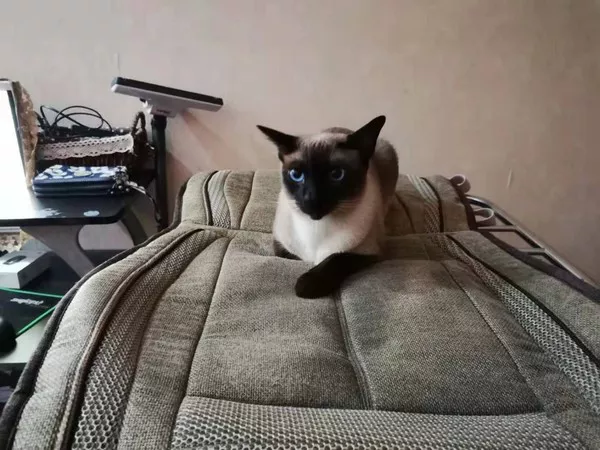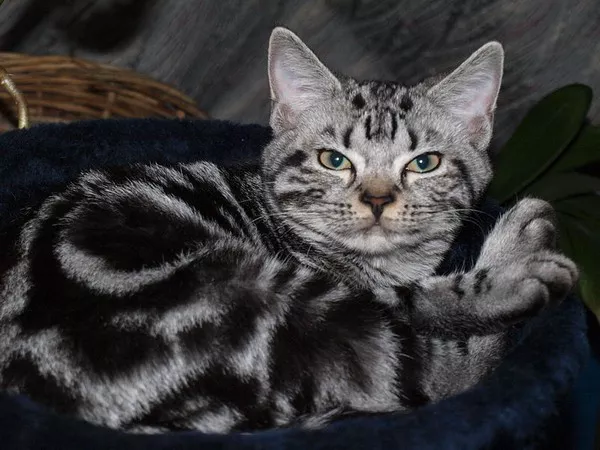Siamese cats, known for their striking blue almond-shaped eyes, sleek bodies, and distinctive color points, are also famously vocal. This chatty behavior often intrigues and delights their human companions, but it can sometimes become excessive. This article delves into the reasons behind the vocal nature of Siamese cats, exploring genetic, behavioral, and environmental factors. Additionally, it provides practical training tips to manage and understand their vocalizations effectively.
Understanding the Vocal Nature of Siamese Cats
To appreciate why Siamese cats are more vocal than other breeds, it is essential to explore their origins and behavioral traits closely tied to their communication habits.
Historical and Genetic Background
The Siamese breed originated from Thailand (formerly known as Siam), where they were revered and often found in royal households and temples. This esteemed position contributed to their vocal behavior, as they were encouraged to communicate with humans.
Selective Breeding: Over generations, selective breeding has emphasized certain traits in Siamese cats, including their vocal abilities. Breeders may have preferred more communicative cats, leading to a genetically ingrained tendency to “talk.”
Behavioral and Social Factors
Siamese cats use vocalization as a primary means of communication, displaying a wider range of sounds compared to other felines. Their vocalizations can convey different needs or emotions, such as hunger, pleasure, or distress.
Attention-Seeking Behavior: Siamese cats often vocalize to capture their owner’s attention. They are known for forming strong bonds with their humans and may talk to initiate interaction or express affection.
Expression of Needs: Vocalizations can indicate specific needs such as hunger or the desire for companionship. Siamese cats may also vocalize more if they feel anxious or stressed.
Environmental Influences
The environment in which a Siamese cat lives can significantly impact its vocal behavior. Factors such as the amount of daily interaction, the presence of other pets, and the general household activity level can all influence how much a Siamese cat talks.
Stimulation and Interaction: Siamese cats require ample mental and physical stimulation. Lack of interaction can lead to increased vocalization as a form of expressing boredom or loneliness.
Response to Environment: Changes in the environment, such as new people in the home or changes in the routine, can also lead to increased vocal behavior as the cat attempts to express its feelings about these changes.
Training and Managing a Vocal Siamese Cat
While the vocal nature of Siamese cats is often charming, it may be necessary to manage excessive vocalizations, especially when it becomes disruptive. Training and behavioral management can help create a balanced environment for both the cat and its owners.
Establishing Effective Communication
Understanding what your Siamese is trying to communicate through its vocalizations is the first step in managing its chattiness effectively.
Observation and Listening: Pay attention to the circumstances under which your cat vocalizes. This understanding can help in responding appropriately to its needs, potentially reducing unnecessary vocalization.
Consistent Responses: Consistency in how you respond to your cat’s vocalizations is crucial. If a cat learns that meowing leads to immediate attention or food, it will continue using this method to get what it wants.
Training Techniques to Reduce Excessive Meowing
Training a Siamese cat to meow less involves patience and consistency, focusing on reinforcement of quiet behavior and ensuring that basic needs are met to avoid stress-related vocalizations.
Reward Silence: Wait for moments of quiet to give attention or treats, reinforcing the behavior you want to encourage.
Use Distractions: Engage your Siamese in play or give it puzzles and toys that stimulate its mind, which can reduce the frequency of meowing due to boredom.
Environmental Enrichment
Creating an environment that stimulates your Siamese cat’s senses can help manage vocalization by reducing boredom and anxiety.
Interactive Toys: Provide toys that mimic prey behavior, such as feather wands or motorized mice, to keep your Siamese engaged.
Climbing Structures: Cat trees or shelves can help satisfy the climbing instincts and provide a territory that your cat can own, offering comfort and security.
Addressing Underlying Issues
Sometimes excessive vocalization can be a sign of underlying health or emotional issues. Regular veterinary check-ups are essential to rule out any medical causes of increased meowing.
Health Check-Ups: Regular visits to the vet can ensure your Siamese is in good health and not vocalizing excessively due to pain or discomfort.
Behavioral Consultation: If vocalizations are suspected to be linked to anxiety or behavioral issues, consulting a feline behaviorist might provide additional strategies tailored to individual cases.
Conclusion
Siamese cats are naturally more vocal than many other breeds, using their voices to express a wide range of emotions and needs. Understanding the reasons behind their chattiness, coupled with effective training and environmental management, can help maintain a harmonious household. By embracing their vocal nature while gently guiding their behavior through positive reinforcement and enrichment, owners can enjoy the rich, communicative relationship that Siamese cats offer.


























